Children’s Institute 2018: Children’s Books Remain Strong
 “We’re opening this institute in a time of strength and growth for indie bookselling,” noted American Booksellers Association CEO Oren Teicher at the start of yesterday’s first full day of programming for Children’s Institute 6, which is currently being held in New Orleans. “For the eighth year in a row there has been growth in ABA member stores. There are now 2,470 ABA member locations, representing 1,835 companies. To put that in perspective, that is a 6% increase in the number of member locations and almost a 4 1/2% increase in member companies.”
“We’re opening this institute in a time of strength and growth for indie bookselling,” noted American Booksellers Association CEO Oren Teicher at the start of yesterday’s first full day of programming for Children’s Institute 6, which is currently being held in New Orleans. “For the eighth year in a row there has been growth in ABA member stores. There are now 2,470 ABA member locations, representing 1,835 companies. To put that in perspective, that is a 6% increase in the number of member locations and almost a 4 1/2% increase in member companies.”
Upbeat news concerning indie bookstores and children’s books continued in a session later in the day on bookselling trends with Allison Risbridger of NPD Books, who said that children’s books, along with adult nonfiction, have been growth drivers of the book industry in recent years. Viewing the industry as a whole, Risbridger said that the compound annual growth rate (CAGR) of unit sales for juvenile and YA rose 3% from 2014–2017, while adult nonfiction unit sales were up 5%. Children’s, which she referred to as “publishing’s darling,” has continued strong this year with units increasing 2.9% for the first five months of 2018.
Some of the biggest gains in children’s were in holiday and religious backlist titles. Sales for the week before Valentine’s Day were up 71% year over year, while Easter sales also rose over 2017. Those sales, Risbridger noted, were driven by backlist. Other strong juvenile and YA categories include education/reference books, which has jumped 10% so far this year. Comics and graphic novels continue to see strong growth with 32% CAGR from 2014–2017. Risbridger attributed those sales in part to authors like Raina Telgemeier and more recently Dav Pilkey and his Dog Man series. In terms of content, girl power, diversity, STEM/STEAM, wellness, and classics and nostalgia remain popular with young readers.
When it comes to format, board books continue to experience double digit sales growth with a 13% CAGR for 2010–2017 and up 12% so far in 2018. The majority of those sales are for backlist titles, Risbridger said, singling out books like Chicka Chicka Boom Boom by Bill Martin Jr., John Archambault, and Lois Ehlert, which came out as a board book in 2012. By contrast paperbacks were up 2% in 2017, while hardcovers were flat.
Risbridger pointed to branded titles, which were up 29% in 2017, as another indicator of the strength of children’s backlist. Two of the top-selling brands were written over 50 years ago: Dr. Seuss, which was number 1, and the Berenstain Bears, which ranked 8. In 2016 frontlist unit sales were up 5% while backlist rose 18%. Indies play a crucial role in frontlist discovery, said Risbridger.
Retail trends that NPD is watching, said Risbridger, include unboxing, blind packs, and subscriptions; nostalgia; nesting; and experiences over goods. One concern that has affected much of retail, but not the book world as much, is the number of consumer dollars tied up with monthly subscriptions for Amazon Prime, Netflix, Hulu, Spotify, Stitch Fix, and meal kits. “People are spending more and more money online,” Risbridger said, adding that others are looking at how indie booksellers have countered that through “retailtainment,” or offering experiences in their stores.
Risbridger's statistics underlined what many booksellers have observed firsthand. Carol Moyer, children ‘s department manager at Quail Ridge Books in Raleigh, N.C., said, “I was glad to see children’s still strong. It confirmed what we keep seeing—the board book and the graphic novel are still strong.” Her other takeaway concerned the need to nurture frontlist.
The day also included a number of educational sessions, which were expanded this year to include more operational and inspirational ones. The morning keynote with Mallika Chopra, author of Just Breathe (Running Press, Aug.) on meditation for children, fit squarely within the latter. “Whatever you do, do it with a sense of love, gratitude, and purpose,” said Chopra, “and you will be living with intent.” To help booksellers prepare for a day filled with presentations on taking social media to the next level and on planning and executing large-scale events, Chopra led the audience in a three-minute meditation.
No meditation needed for one of the highlights of this year’s conference and its predecessors: an author reception on Wednesday evening, with 67 children’s book authors and illustrators in attendance.

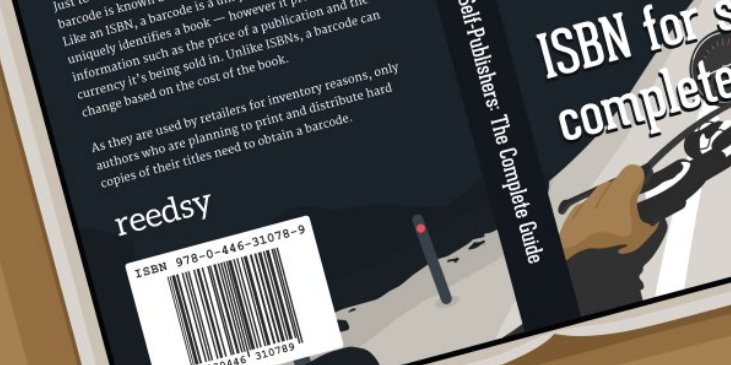 When it comes to discussions around books and publishing, we all know the most exciting topic at the table: How to get an ISBN.
When it comes to discussions around books and publishing, we all know the most exciting topic at the table: How to get an ISBN.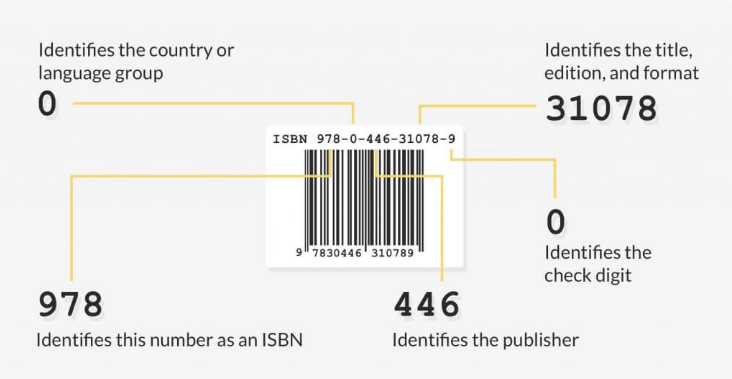
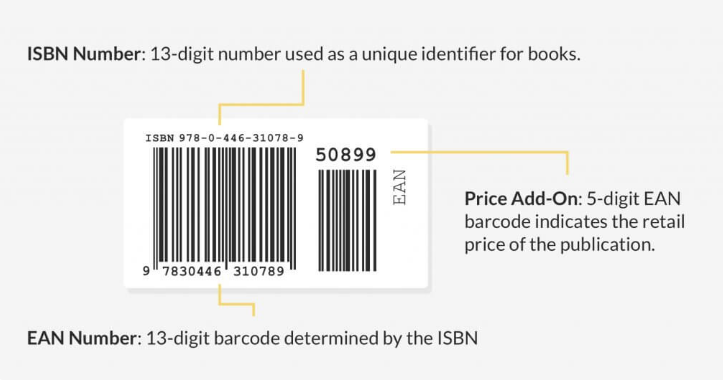
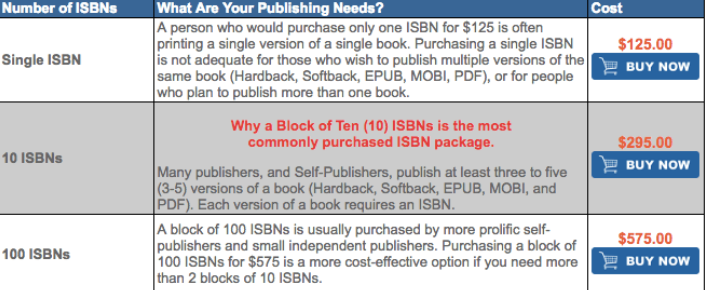
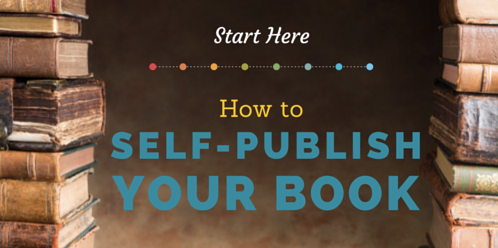 Posted on
Posted on 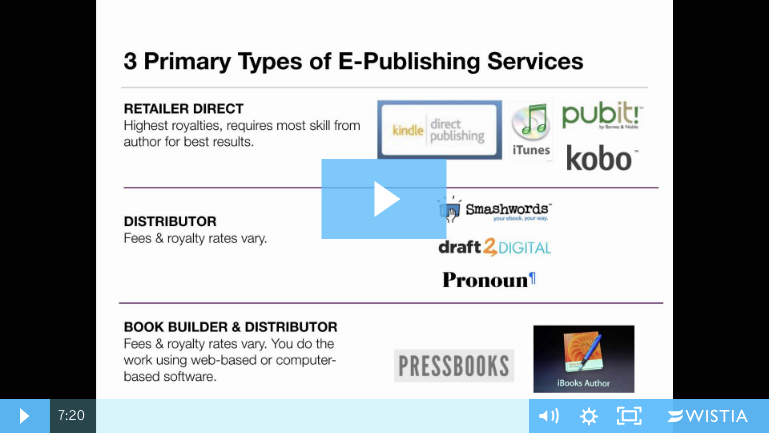


 Posted on
Posted on  Jane Friedman (
Jane Friedman (

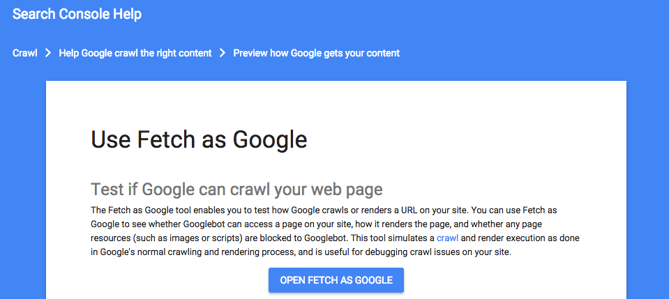
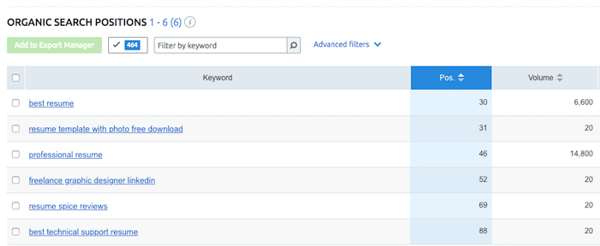
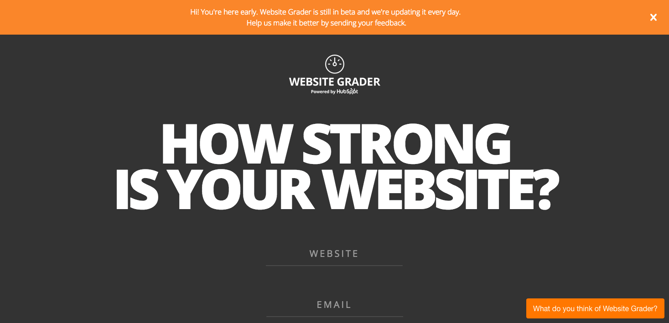
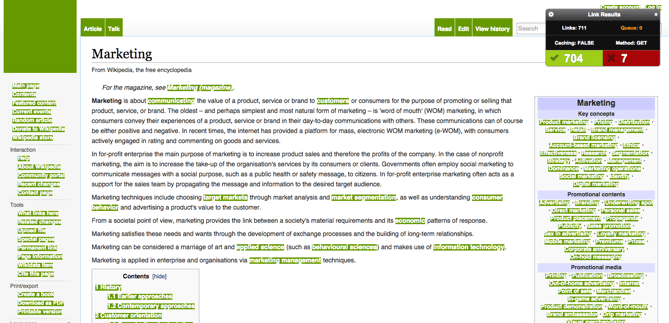
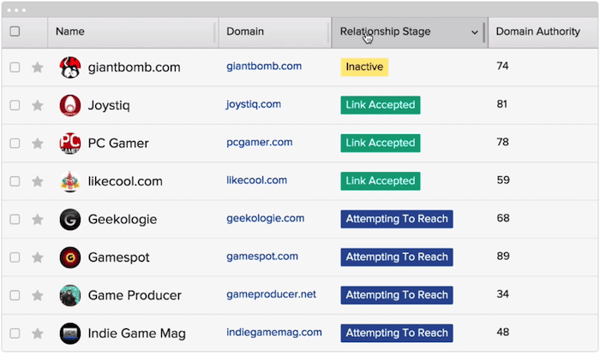 Image via
Image via 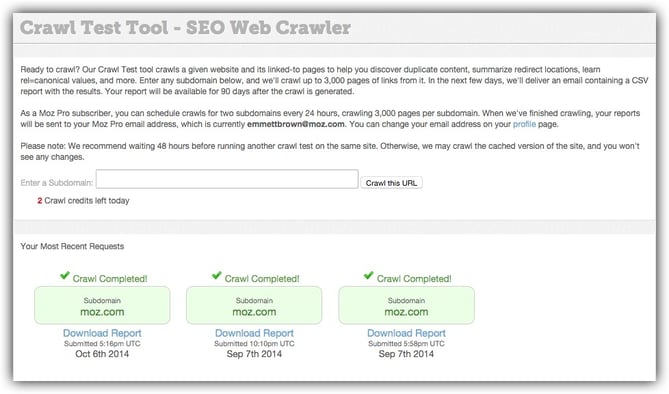 Image via
Image via 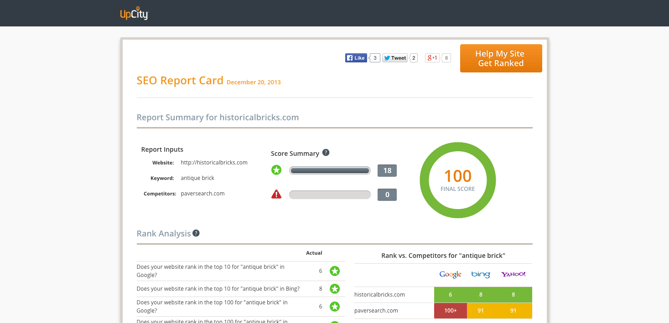
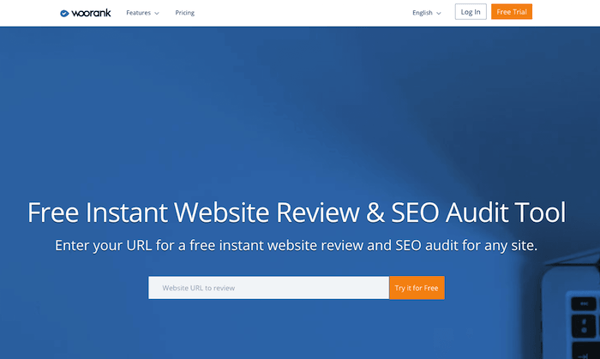
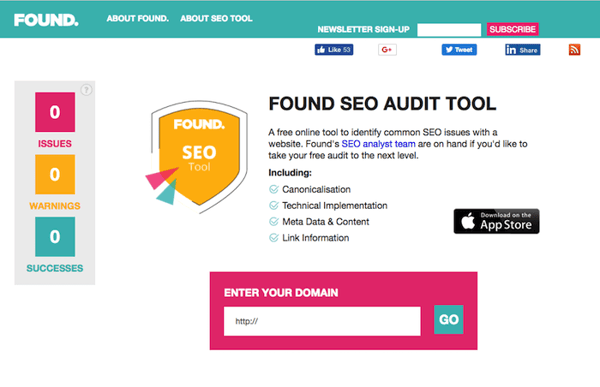
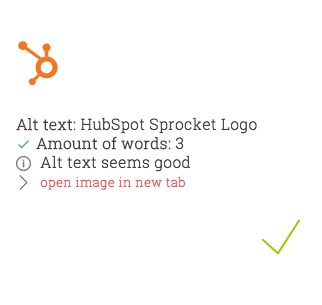

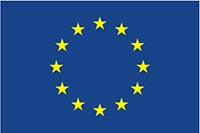
 Just a few days after the 55th Bologna Children's Book Fair - a particularly successful edition, confirming its leading role among international children's publishing events - BolognaFiere is once more in the limelight with a new important partnership in the United States.
Just a few days after the 55th Bologna Children's Book Fair - a particularly successful edition, confirming its leading role among international children's publishing events - BolognaFiere is once more in the limelight with a new important partnership in the United States.